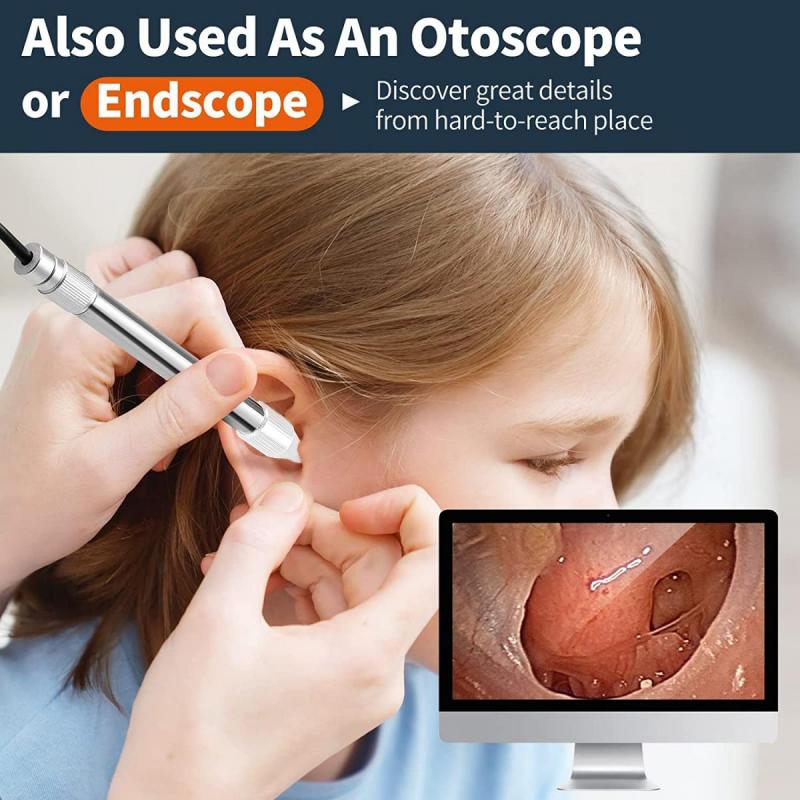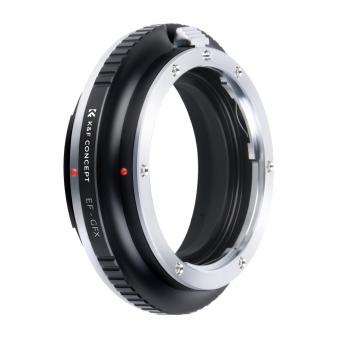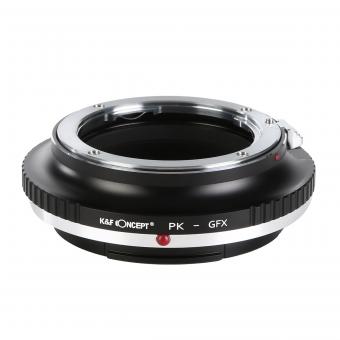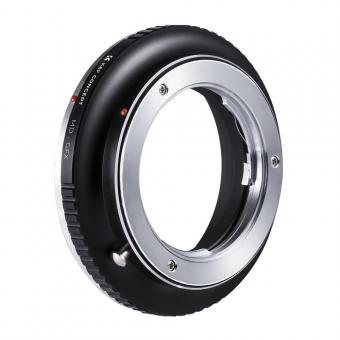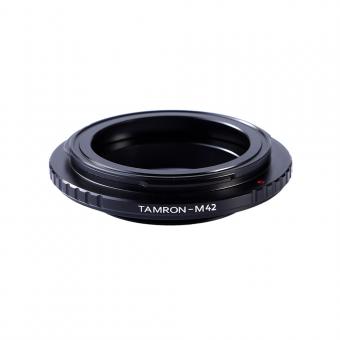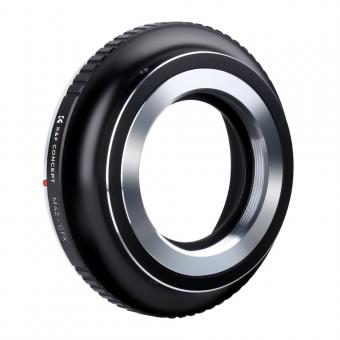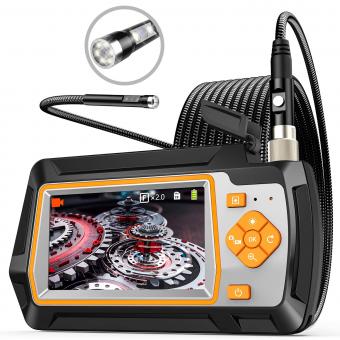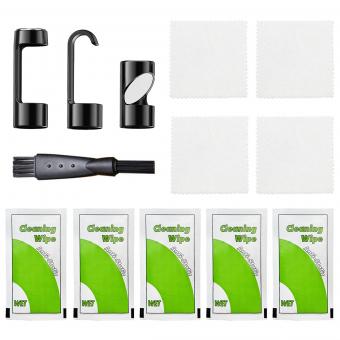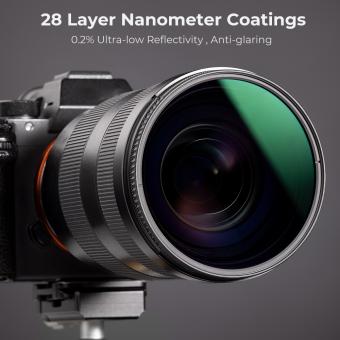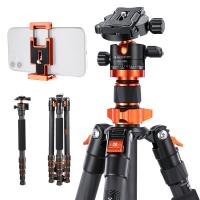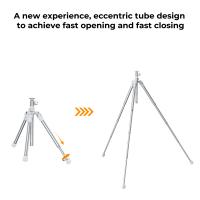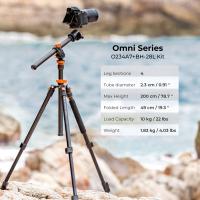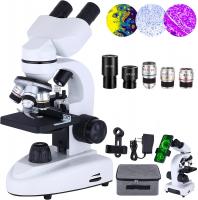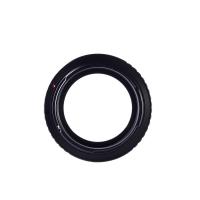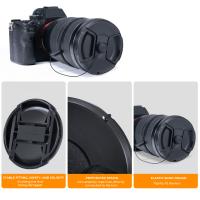Why Capsule Endoscope Stuck At Smaller Intestine ?
A capsule endoscope may get stuck in the smaller intestine due to various reasons such as anatomical abnormalities, strictures, tumors, or motility disorders. The smaller intestine, also known as the small bowel, is a long and narrow tube that connects the stomach to the large intestine. It is divided into three sections: the duodenum, jejunum, and ileum. The small intestine has a complex and convoluted structure, which can make it difficult for a capsule endoscope to navigate through.
Additionally, the small intestine has a relatively narrow diameter compared to the stomach and large intestine, making it more prone to obstruction. If there are any obstructions or narrow passages within the small intestine, the capsule endoscope may become stuck or unable to progress further. In such cases, medical intervention may be required to retrieve or reposition the capsule endoscope to ensure its safe passage through the digestive system.
1、 Intestinal motility and peristalsis
The capsule endoscope can sometimes get stuck at the smaller intestine due to various factors related to intestinal motility and peristalsis. Intestinal motility refers to the movement of the muscles in the intestines, while peristalsis is the coordinated contraction and relaxation of these muscles that propels food and other substances through the digestive tract.
One reason for the capsule endoscope getting stuck is a decrease in intestinal motility. This can occur due to conditions such as intestinal obstruction, inflammation, or paralysis of the intestinal muscles. In these cases, the reduced movement of the intestines can prevent the capsule from progressing further.
Another factor is the strength and coordination of peristaltic contractions. If the contractions are weak or irregular, the capsule may not be propelled forward effectively, leading to its retention in the smaller intestine. Additionally, the presence of strictures or narrow areas in the intestine can hinder the movement of the capsule.
Recent research suggests that the composition of the intestinal microbiota may also play a role in the movement of the capsule endoscope. Studies have shown that alterations in the gut microbiome can affect intestinal motility and peristalsis. Imbalances in the microbiota, such as dysbiosis, have been associated with gastrointestinal disorders that can impact the movement of the capsule.
To overcome these challenges, researchers are exploring ways to enhance intestinal motility and peristalsis. This includes the use of prokinetic agents, which stimulate the muscles of the intestines to improve their movement. Additionally, advancements in capsule endoscope technology, such as the development of self-propelling capsules or capsules with adjustable speeds, may help overcome the issue of getting stuck in the smaller intestine.
In conclusion, the capsule endoscope can get stuck at the smaller intestine due to factors related to intestinal motility and peristalsis. Understanding and addressing these factors, including the latest insights on the role of the gut microbiota, can help improve the effectiveness and safety of capsule endoscopy procedures.
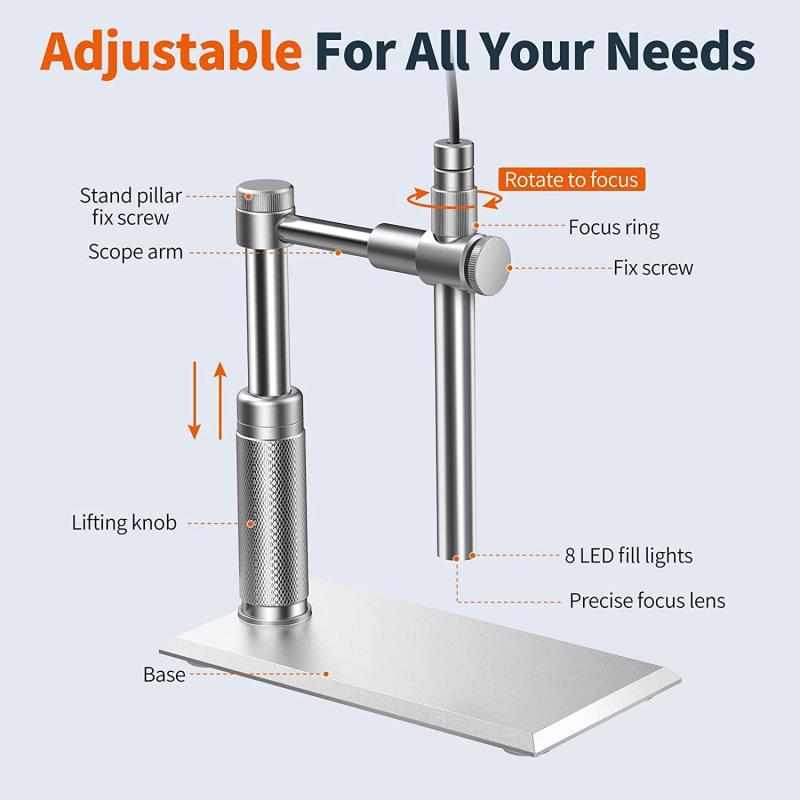
2、 Narrowing or strictures in the small intestine
The capsule endoscope can get stuck at the smaller intestine due to narrowing or strictures in this part of the digestive system. Narrowing or strictures can occur as a result of various conditions such as Crohn's disease, tumors, scar tissue formation, or inflammation. These conditions can cause the diameter of the small intestine to become smaller, making it difficult for the capsule endoscope to pass through.
When the capsule endoscope encounters a narrowing or stricture, it may become lodged or stuck in that area. This can prevent the capsule from continuing its journey through the digestive tract and reaching the large intestine where it is supposed to be eliminated from the body.
In recent years, there have been advancements in capsule endoscopy technology to address this issue. Some newer capsule endoscopes are equipped with a variable stiffness feature that allows the capsule to adjust its shape and navigate through narrow passages more easily. Additionally, researchers are exploring the use of magnetic guidance systems to steer the capsule endoscope through the intestines, reducing the risk of it getting stuck.
It is important to note that capsule endoscopy is generally considered a safe procedure, and the risk of the capsule getting stuck is relatively low. However, in cases where there is a known narrowing or stricture in the small intestine, alternative diagnostic methods may be considered to avoid the potential complications associated with capsule retention.
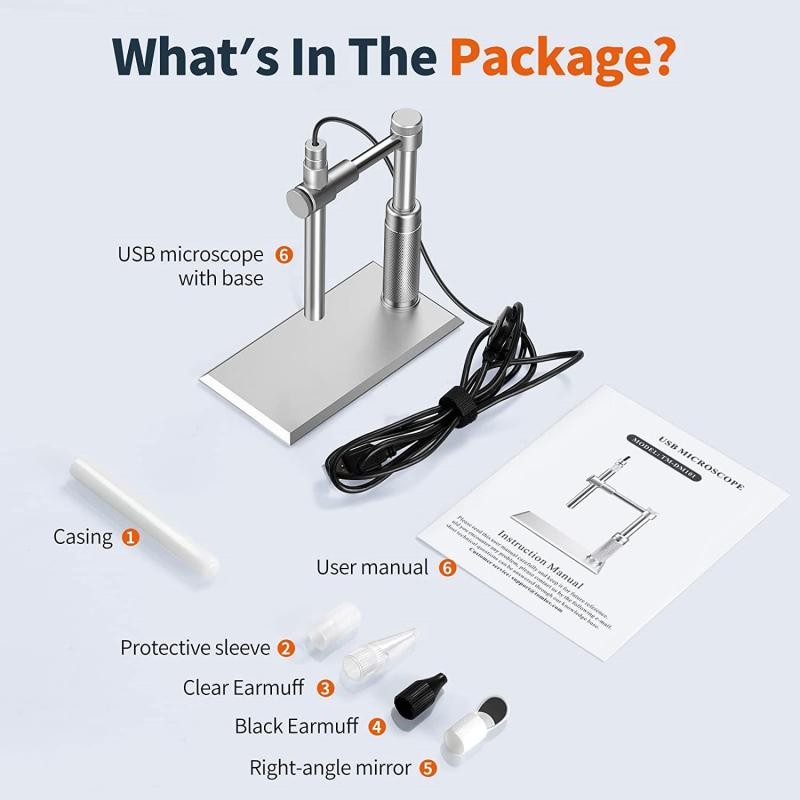
3、 Adhesions or scar tissue in the intestinal walls
The capsule endoscope may get stuck at the smaller intestine due to various reasons, one of which is the presence of adhesions or scar tissue in the intestinal walls. Adhesions are bands of fibrous tissue that form between organs or tissues, often as a result of previous surgeries, infections, or inflammation. Scar tissue, on the other hand, is formed during the healing process after an injury or surgery.
When adhesions or scar tissue develop in the intestinal walls, they can create narrow passages or strictures, making it difficult for the capsule endoscope to pass through smoothly. The capsule may become lodged or trapped in these narrowed areas, preventing it from progressing further along the digestive tract.
The presence of adhesions or scar tissue in the intestinal walls is a known complication of abdominal surgeries, such as appendectomies, hernia repairs, or bowel resections. However, it is important to note that not all individuals who have undergone abdominal surgery will develop adhesions or scar tissue, and not all adhesions will cause complications.
In recent years, there have been advancements in capsule endoscopy technology to address the issue of capsule retention. Some newer capsules are equipped with additional features like adjustable speeds, magnetic navigation, or the ability to change direction, which may help in navigating through narrow or obstructed areas of the intestine. Additionally, research is ongoing to develop coatings for the capsule that can reduce the risk of adhesion formation and improve its ability to pass through strictures.
In conclusion, adhesions or scar tissue in the intestinal walls can cause the capsule endoscope to become stuck at the smaller intestine. However, advancements in technology and ongoing research aim to minimize this risk and improve the effectiveness of capsule endoscopy.

4、 Abnormal anatomy or structural abnormalities in the intestine
The capsule endoscope may get stuck at the smaller intestine due to various reasons, including abnormal anatomy or structural abnormalities in the intestine. The smaller intestine, also known as the small bowel, is a long and convoluted tube that plays a crucial role in the digestion and absorption of nutrients. Any abnormality in its structure can hinder the smooth passage of the capsule endoscope.
One possible reason for the capsule endoscope getting stuck is the presence of strictures or narrowing of the intestine. Strictures can occur due to conditions like Crohn's disease, inflammatory bowel disease, or previous surgeries in the abdominal area. These strictures can create obstacles for the capsule endoscope, preventing it from moving forward.
Another reason could be the presence of adhesions or scar tissue in the intestine. Adhesions can develop after abdominal surgeries or due to conditions like endometriosis. These adhesions can cause the capsule endoscope to get trapped or tangled, impeding its progress.
Furthermore, abnormal anatomy of the intestine, such as abnormal twists or turns, can also contribute to the capsule endoscope getting stuck. Some individuals may have congenital abnormalities or malformations in their intestines, which can pose challenges for the smooth passage of the capsule.
It is important to note that the latest point of view suggests that advancements in capsule endoscopy technology have significantly reduced the risk of capsule retention in the small intestine. The development of smaller and more flexible capsules, along with improved imaging capabilities, has improved the overall success rate of capsule endoscopy procedures. Additionally, medical professionals are now better equipped to identify patients who may be at a higher risk of capsule retention and take appropriate precautions.
In conclusion, the capsule endoscope may get stuck at the smaller intestine due to abnormal anatomy or structural abnormalities in the intestine. However, with advancements in technology and increased awareness, the risk of capsule retention has been significantly reduced, ensuring safer and more effective diagnostic procedures.
